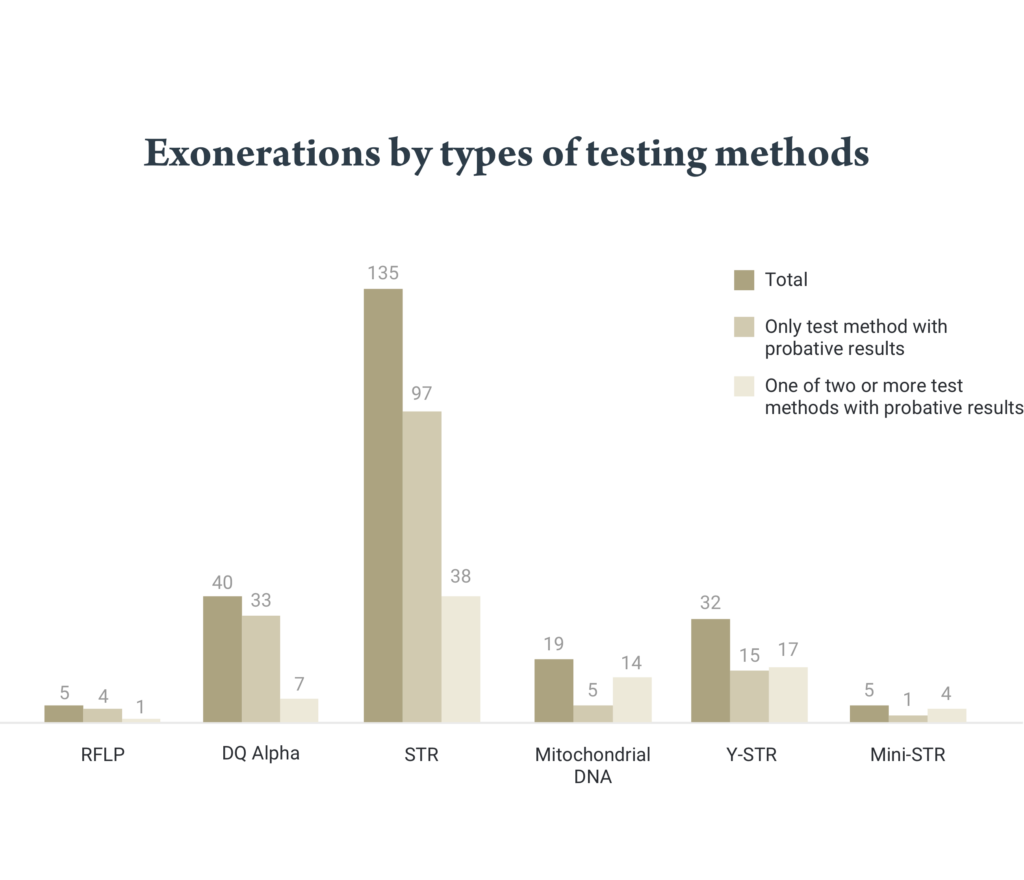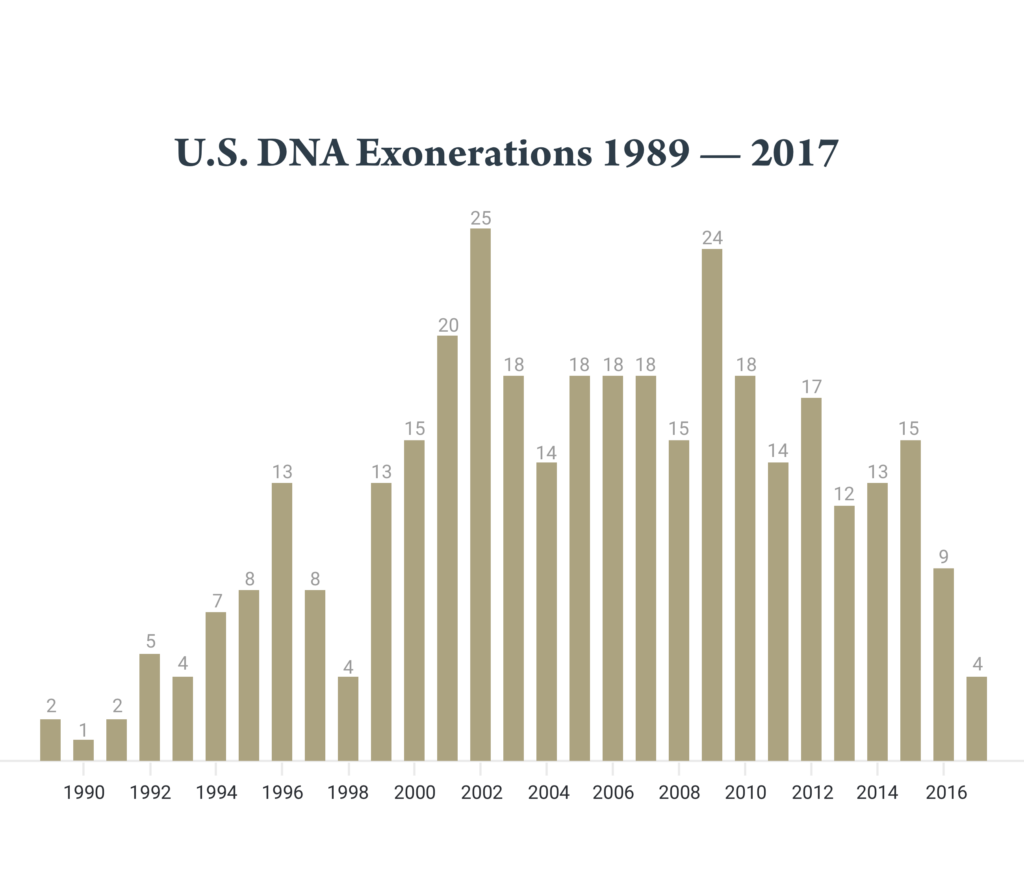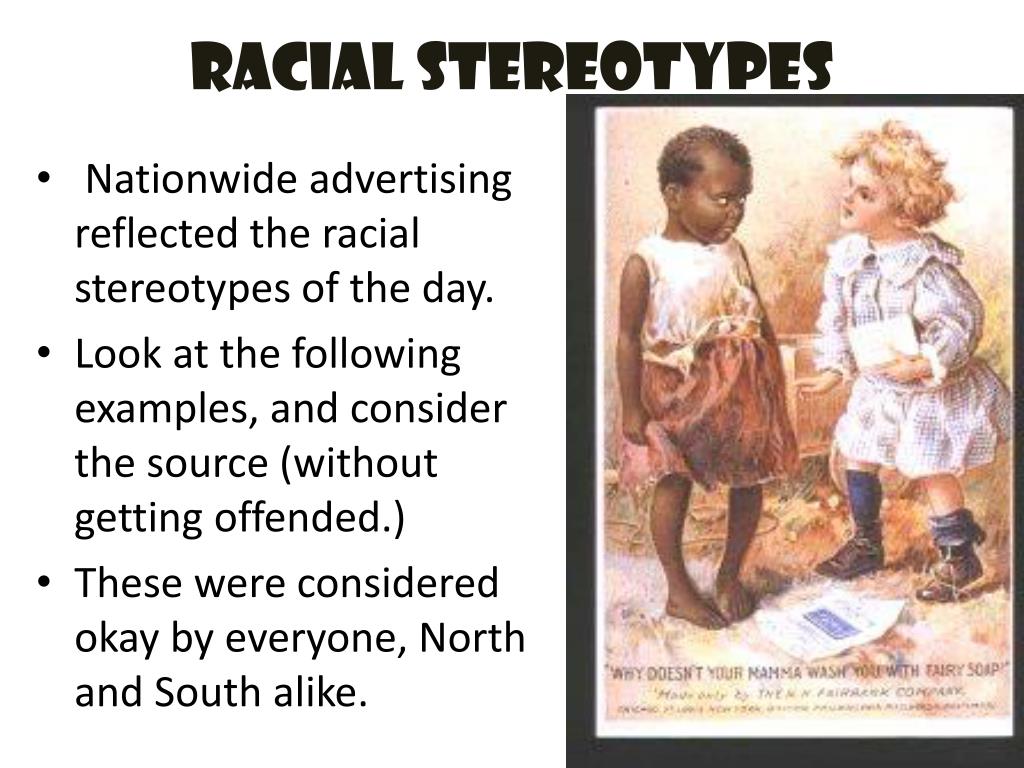Innocence innocent freeing criminal convicted innocenceproject
Table of Contents
Table of Contents
DNA exoneration statistics are a shocking reminder of how flawed the criminal justice system can be. Innocent people who were convicted of a crime they did not commit, often with no physical evidence against them, have had their lives destroyed and their freedom taken away. The good news is that DNA technology has allowed for many of these wrongly accused individuals to be exonerated, but the numbers tell a compelling story.
Pain Points of DNA Exoneration Statistics
The pain points related to DNA exoneration statistics are the number of innocent individuals who were convicted of a crime they did not commit and were sentenced to time in prison, many of whom were on death row. It is a terrifying prospect to think that an innocent person could be jailed for a crime they did not commit, or even worse, sentenced to death. The criminal justice system is supposed to be designed to protect innocent people and punish those who are guilty, but the reality is that mistakes are made, and lives are shattered as a result.
Target of DNA Exoneration Statistics
The target of DNA exoneration statistics is to shed light on the issue of wrongful convictions and raise awareness about the need for reform in the criminal justice system. By highlighting the number of individuals who have been exonerated through DNA evidence, we can demand that the system be held accountable for its mistakes and work towards a more fair and just system for everyone.
Summary of Main Points
DNA exoneration statistics show that the criminal justice system is not infallible and that innocent people have been wrongly convicted and sentenced to prison, or worse, death. DNA technology has allowed for many of these individuals to be exonerated, but it is clear that more needs to be done to prevent wrongful convictions in the first place. The target of DNA exoneration statistics is to raise awareness of this issue and demand accountability and reform in the criminal justice system.
23 Surprising DNA Exoneration Statistics
As of October 15, 2021, there have been 2,982 exonerations in the United States, according to the National Registry of Exonerations. Of those, 837 were attributed to DNA evidence. The percentage of DNA exonerations has been steadily increasing over the years, with over 40% of all exonerations since 2010 being based on DNA evidence. These numbers are staggering and show just how much of an impact DNA technology has had on the criminal justice system.
One personal experience that highlights the importance of DNA exoneration statistics is the case of Archie Williams. Williams was wrongly convicted of rape and attempted murder in 1983 and was sentenced to life in prison. He spent 36 years in prison before DNA evidence proved his innocence, and he was finally exonerated and released in 2019. DNA exoneration statistics can mean the difference between a life spent behind bars for a crime an innocent person did not commit and freedom.
Race and DNA Exoneration Statistics
Racial disparities also play a significant role in DNA exoneration statistics. African Americans make up a disproportionate percentage of those who are wrongly convicted and subsequently exonerated. According to the Innocence Project, African Americans make up only 13% of the U.S. population, yet they represent 47% of those who have been exonerated through DNA evidence. This is a troubling statistic that highlights the systemic racism that exists in the criminal justice system.
Causes of Wrongful Convictions
There are several causes of wrongful convictions, including eyewitness misidentification, false confessions, and inadequate defense counsel. Eyewitness misidentification is the leading cause of wrongful convictions. In fact, it has played a role in nearly 70% of all DNA exonerations. False confessions are another common cause of wrongful convictions, particularly in cases where the suspect is vulnerable, such as juveniles or those with intellectual disabilities. Inadequate defense counsel is also a significant contributor to wrongful convictions, with over 25% of DNA exonerees having received inadequate legal representation.
The Importance of DNA Exoneration Statistics
DNA exoneration statistics are crucial in highlighting the flaws in the criminal justice system and the need for reform. By shedding light on the number of innocent individuals who have been wrongly convicted, we can push for changes in eyewitness identification procedures, interrogations, and the provision of legal counsel. Additionally, we can demand accountability and transparency in the criminal justice system, ensuring that innocent people are not wrongfully convicted and that the guilty are held responsible for their actions.
Question and Answer
Q: How does DNA technology affect the criminal justice system?
A: DNA technology has had a significant impact on the criminal justice system, particularly in terms of exonerating innocent individuals who were wrongly convicted of a crime they did not commit. It has also led to changes in forensic science and crime investigation techniques.
Q: What is the most common cause of wrongful convictions?
A: Eyewitness misidentification is the most common cause of wrongful convictions, playing a role in nearly 70% of all DNA exonerations.
Q: How can we prevent wrongful convictions?
A: To prevent wrongful convictions, we need to improve eyewitness identification procedures, provide adequate legal counsel, and reform interrogation techniques. Holding the criminal justice system accountable for its mistakes and ensuring transparency and fairness in the system is also essential.
Q: What is the impact of race on DNA exoneration statistics?
A: African Americans make up a disproportionate number of those who are wrongly convicted and subsequently exonerated through DNA evidence, highlighting the systemic racism that exists in the criminal justice system.
Conclusion of DNA Exoneration Statistics
DNA exoneration statistics are a sobering reminder of the need for reform in the criminal justice system. Innocent people have been wrongfully convicted and sentenced to prison or death, with devastating consequences for themselves and their families. DNA technology has allowed for many of these individuals to be exonerated, but more needs to be done to prevent wrongful convictions in the first place. By shining a light on this issue and demanding accountability and reform, we can work towards a more fair and just system for everyone.
Gallery
Exonerated: An Innocence Project Fact Sheet | CNN

Photo Credit by: bing.com / exonerated innocence morton freed
DNA’s Revolutionary Role In Freeing The Innocent In The U.S.

Photo Credit by: bing.com / exonerations revolutionary genetics freeing genomics akselrod innocence
DNA’s Revolutionary Role In Freeing The Innocent In The U.S.

Photo Credit by: bing.com / innocence innocent freeing criminal convicted innocenceproject
23 Surprising DNA Exoneration Statistics | BrandonGaille.com

Photo Credit by: bing.com / dna birthday exoneration statistics wishes nephews know things brandongaille good should
23 Surprising DNA Exoneration Statistics - BrandonGaille.com

Photo Credit by: bing.com / dna facts exoneration infographic statistics science brandongaille know fun should biology interesting three wikipedia related posts






